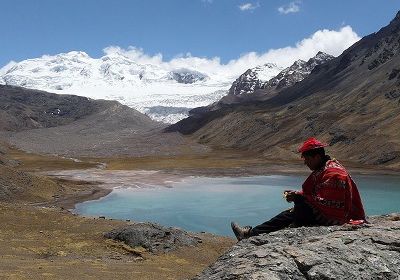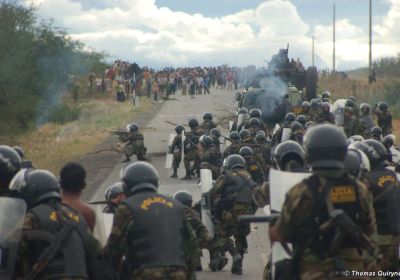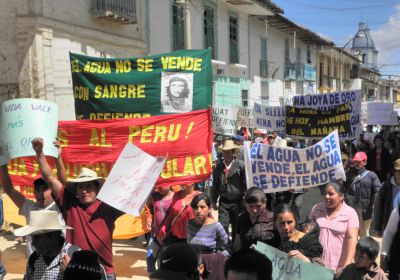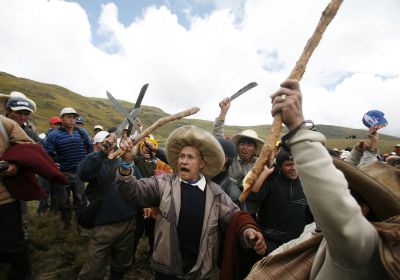
A new popular uprising has started in Peru at the port of Callao, crucial for international trade and the handling of the majority of the country’s seaborne cargo.
After 10 months of unresolved negotiations with transnational company, APM Terminals Peruvian longshore workers from the port of Callao, west of Lima, decided to take to the streets and march.
This latest demonstration follows an earlier strike against the company on May 13, with workers demanding pay rises in relation to the company's profits, full healthcare coverage, and training.
 Photo: TeleSUR/Rael Mora.
A three-day general strike against the Tia Maria mining project of transnational Southern Copper Corporation in the southern region of Arequipa in Peru was launched on May 12.
Photo: TeleSUR/Rael Mora.
A three-day general strike against the Tia Maria mining project of transnational Southern Copper Corporation in the southern region of Arequipa in Peru was launched on May 12.



